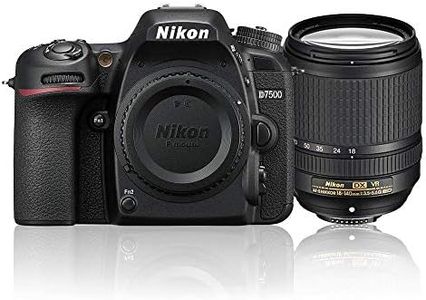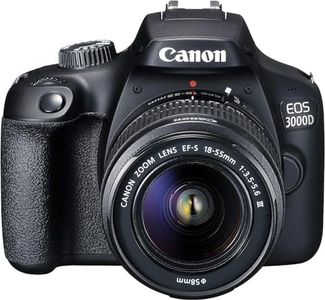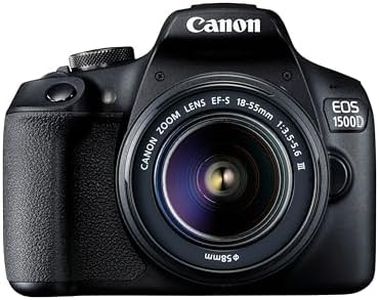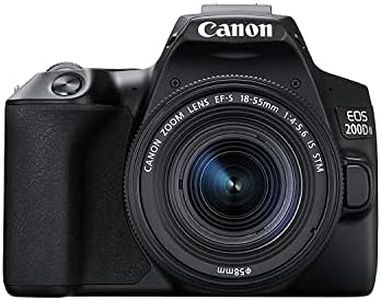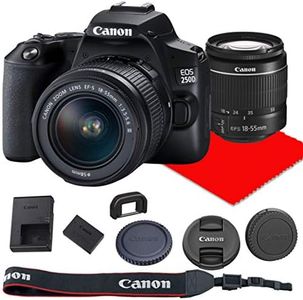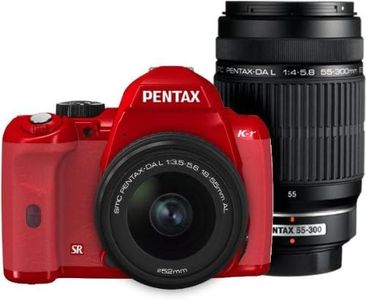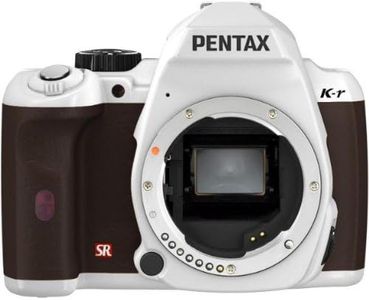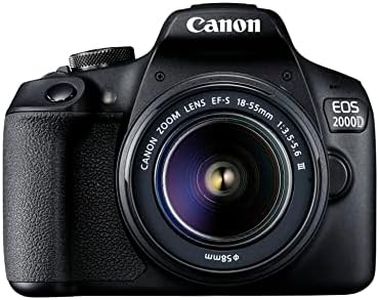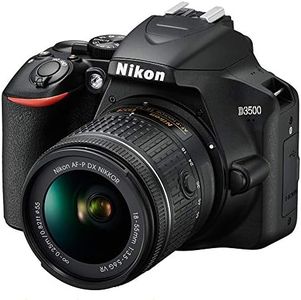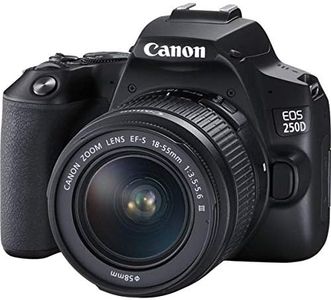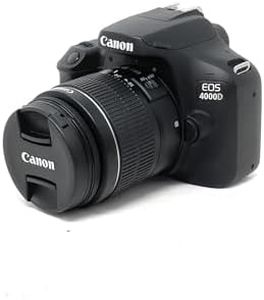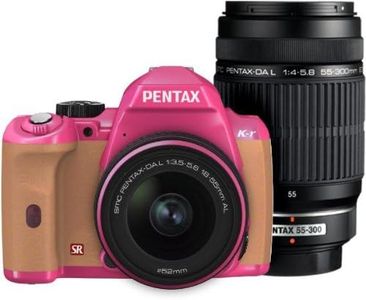We Use CookiesWe use cookies to enhance the security, performance,
functionality and for analytical and promotional activities. By continuing to browse this site you
are agreeing to our privacy policy
10 Best Budget Dslr Cameras
From leading brands and best sellers available on the web.By clicking on a link to a third party's website, log data is shared with that third party.
Buying Guide for the Best Budget Dslr Cameras
When shopping for a budget DSLR camera, it's important to think about what you'll be using it for. Whether you're interested in casual photography, learning the basics, or capturing family moments, you want a camera that gives good image quality, is easy to use, and allows you to grow your skills. While DSLRs share some core features, they also differ in areas like sensor size, autofocus, and screen type. Consider what matters most for your photography style and pick features that fit your current needs, but also give you room to explore new techniques.Sensor SizeThe sensor is the part of the camera that captures light and turns it into an image. Sensor size affects image quality, low light ability, and depth of field. The most common sensor size in budget DSLRs is APS-C, which offers a good balance between quality and price. Smaller sensors can limit performance in low light, while larger sensors are typically found in more advanced cameras. If you're planning to shoot in a variety of lighting conditions or want more flexibility in creating blurry backgrounds, aim for the largest sensor you can find in your price range.
MegapixelsMegapixels tell you how much detail the camera sensor can capture. This becomes important if you want to make large prints or need to crop into your images. Most budget DSLRs have enough megapixels (usually between 16 and 24) for everyday use and standard photo sizes. Higher megapixels are not always better for everyone, as they can also lead to larger file sizes. If you mostly share photos online or print them in common sizes, you don't need to focus heavily on having the highest megapixel count.
Autofocus SystemThe autofocus system helps your camera quickly and correctly focus on your subject. Simple cameras have fewer focus points, making them slightly slower or less accurate, especially for moving subjects. More focus points, and features like live view autofocus, can help you capture sharp photos in more situations. If you plan to shoot action, pets, or kids, prioritize a camera with a more capable autofocus. For mainly landscapes or still shots, even basic systems do the job.
Screen TypeThe type of screen on the back of the camera affects how easily you can preview and review your shots. Fixed screens stay in place, while tilt or fully articulating screens let you shoot from high or low angles more comfortably. Touchscreens make it easier to adjust settings and focus, similar to a smartphone. If you expect to take photos at creative angles, or want simpler operation, look for a camera with a flexible screen and touchscreen capability.
ConnectivityConnectivity refers to features like built-in Wi-Fi or Bluetooth, which let you transfer photos to your phone or control the camera remotely. If you want to quickly share your images on social media or enjoy the convenience of wireless transfer, this feature is helpful. When you see a camera with these options, check if the process is straightforward and supported by the brand's mobile app.
Lens CompatibilityDifferent DSLR cameras use different lens mounts, which means not every lens will fit every camera. A camera with access to a wide selection of lenses gives you more options as your photography grows. For beginners, choosing a brand or lens system with plenty of affordable lenses for portraits, landscapes, and special situations will help you experiment and improve. Always check what lenses are available and how easy it is to find them before deciding.
Ease of UseSome cameras are designed with beginners in mind, having simple menus, guided modes, and in-camera help. These make learning easier when you’re starting out. If you are new to DSLRs, prioritize models that promise beginner-friendly features such as scene modes, built-in guides, and straightforward controls. As you get more experienced, you can explore the more advanced settings at your own pace.
